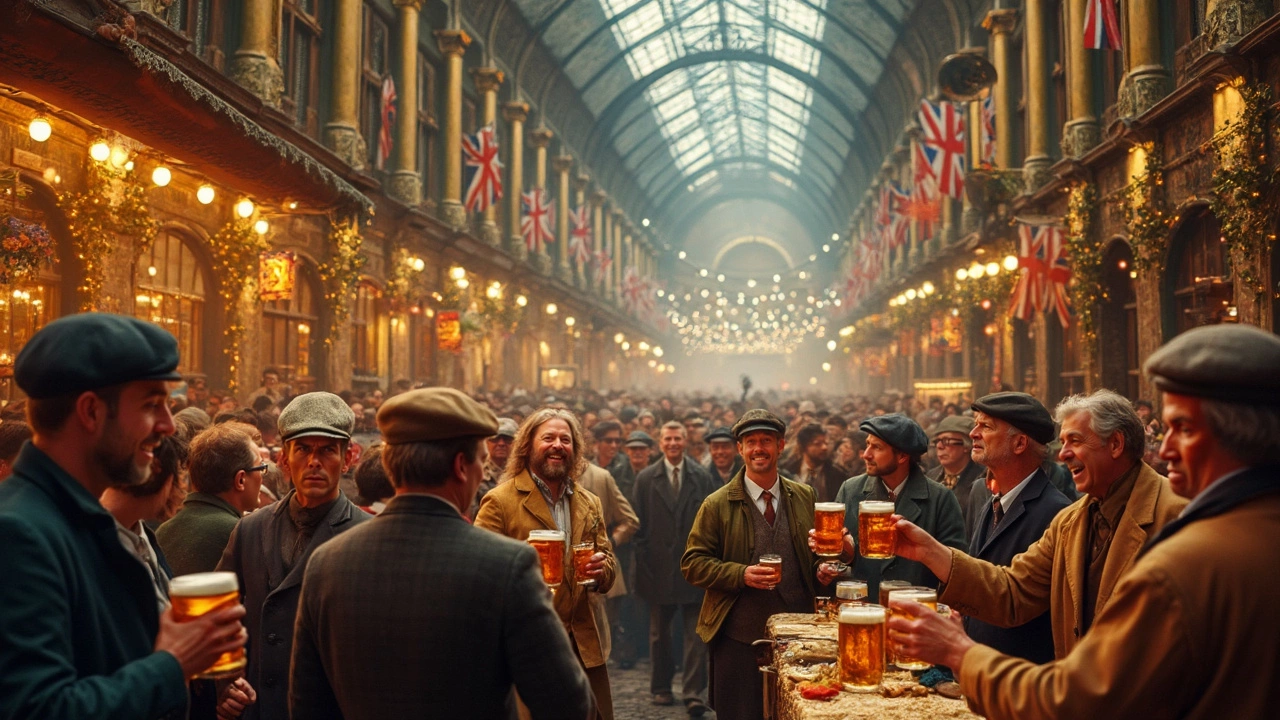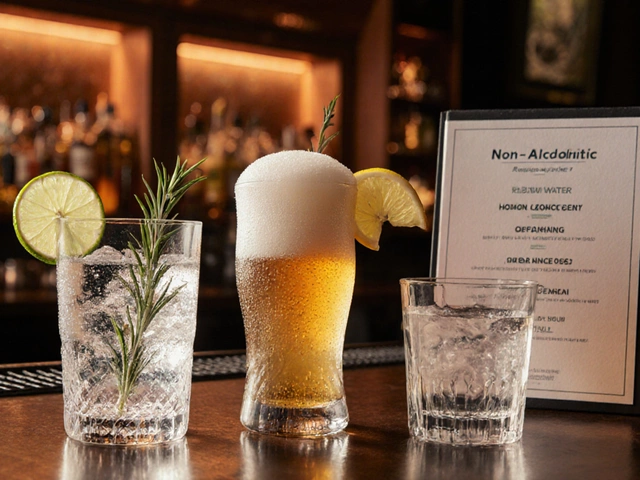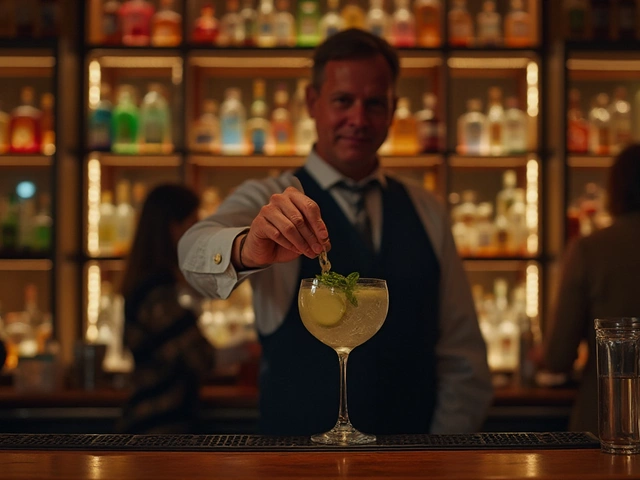Top Beer – Ranking the Best Brews Worldwide
If you’ve ever wondered which beer truly tops the list, you’re not alone. Beer lovers constantly compare taste, aroma, and headline numbers, but the real answer depends on a mix of stats and personal vibe. In this guide we break down how the top beer is chosen, what makes a brew stand out, and how to pick the right one for your next gathering.
How Rankings are Made
Most global beer rankings pull data from three main sources: sales volume, expert tasting panels, and consumer ratings. Sales volume tells you which brands reach the biggest audience, but big numbers don’t always equal great flavor. Expert panels, like those at World Beer Championships, score beers on aroma, mouthfeel, balance, and originality. Finally, user reviews from sites such as Untappd add the crowd’s perspective – the everyday drinker’s gut feeling.
When a beer consistently scores high across all three areas, it climbs the leaderboard. For example, a lager that sells millions, earns gold medals, and racks up 4.5‑star average reviews will usually sit near the top. The current number one beer in many rankings is a Czech pilsner that blends crisp bitterness with a clean finish, a formula that appeals to both casual fans and hardcore tasters.
Choosing the Right Beer for You
Even if a brew sits at the summit, it might not match your taste. Think about the occasion: a light, carbonated lager works great for a sunny patio, while a rich stout shines at a chilly winter dinner. Ask yourself if you prefer hop‑forward flavors or malt‑sweet notes – hop‑heavy IPAs dominate craft charts, but they can overwhelm a casual palate.
Try a “flight” at a local bar. A flight gives you small pours of several top‑rated beers, letting you compare side by side without committing to a full pint. Pay attention to how each sip feels – does the bitterness linger too long? Is the after‑taste smooth? Those clues help you match a top beer to your personal profile.
Price is another factor. The most celebrated beers aren’t always the most expensive; many high‑scoring lagers cost less than a cup of coffee. If you’re on a budget, look for regional winners that have earned medals in local competitions – they often deliver quality without the premium markup.
Finally, don’t ignore food pairings. A crisp pilsner cuts through salty snacks, a hoppy IPA balances spicy dishes, and a dark amber complements grilled meats. Pairing the right top beer with your meal can elevate both the food and the drink.
Bottom line: the top beer is a blend of popularity, expert praise, and consumer love. Use the ranking basics, try flights, consider your taste, and think about food – you’ll land on a brew that feels like the best for you, even if it isn’t the chart‑topping name everyone talks about.
America's craft beer scene has exploded over the years, and beer festivals have become the ultimate playground for beer lovers. Whether you're a seasoned enthusiast or a curious newcomer, these festivals offer a chance to explore a rich variety of flavors and styles. But among all these options, what craft beer stands out as the number one in the country? Get ready to meet the crowd favorite and learn some tips on enjoying your next festival adventure.
View Details

